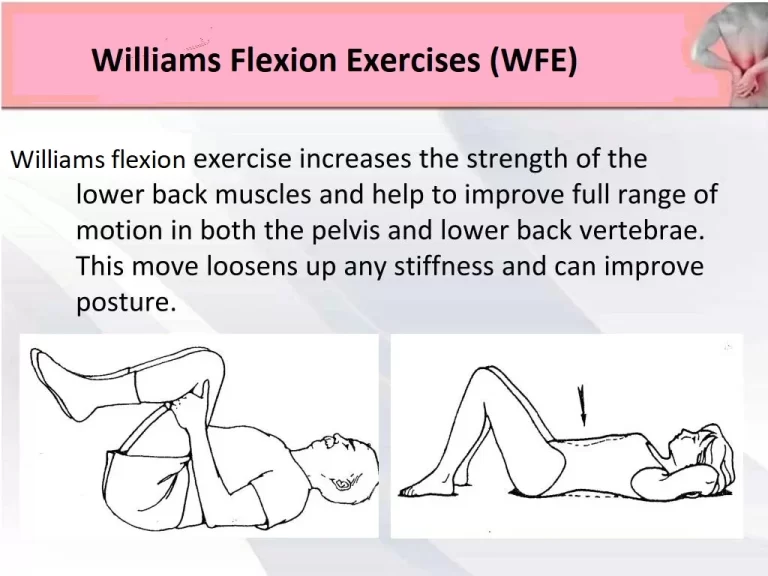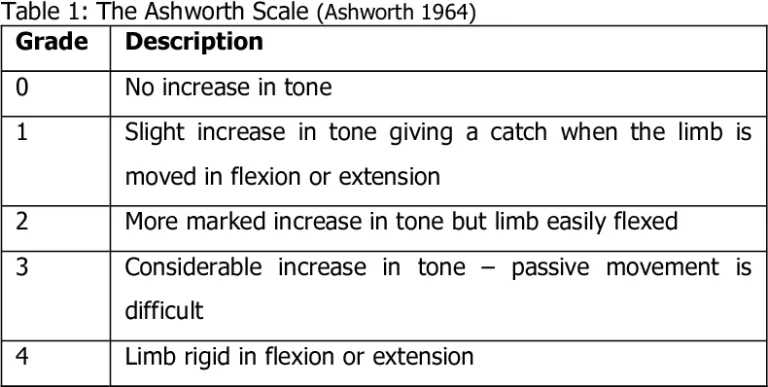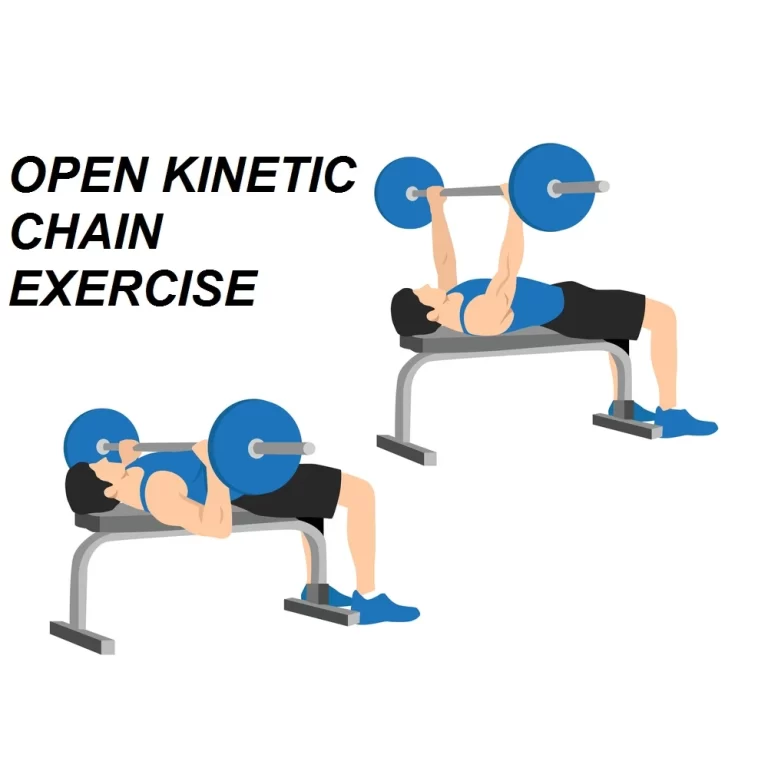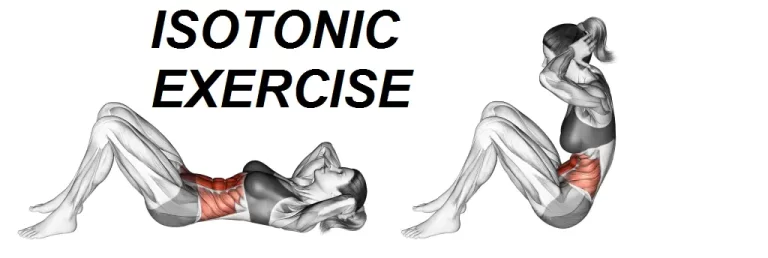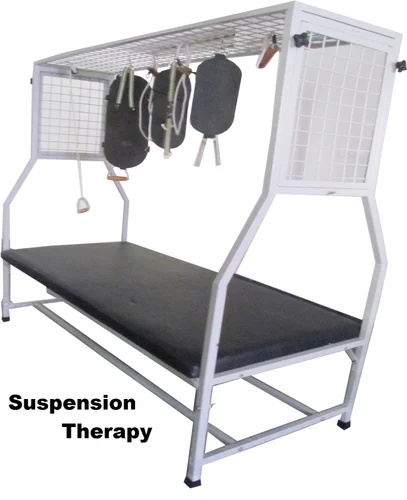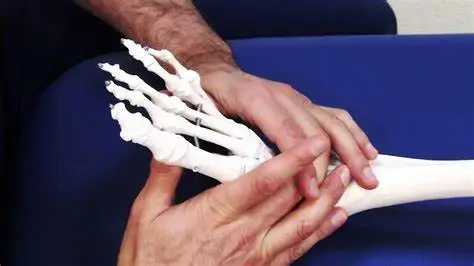Williams Flexion Exercise (WFE)
What is a Williams flexion exercise (WFE)? Williams’s flexion exercises are a series of therapeutic exercises designed to alleviate lower back pain and improve flexibility in the lumbar spine. These physical exercises are designed to strengthen the gluteal and abdominal muscles and improve lumbar flexion in an effort to treat low back pain without surgery….

